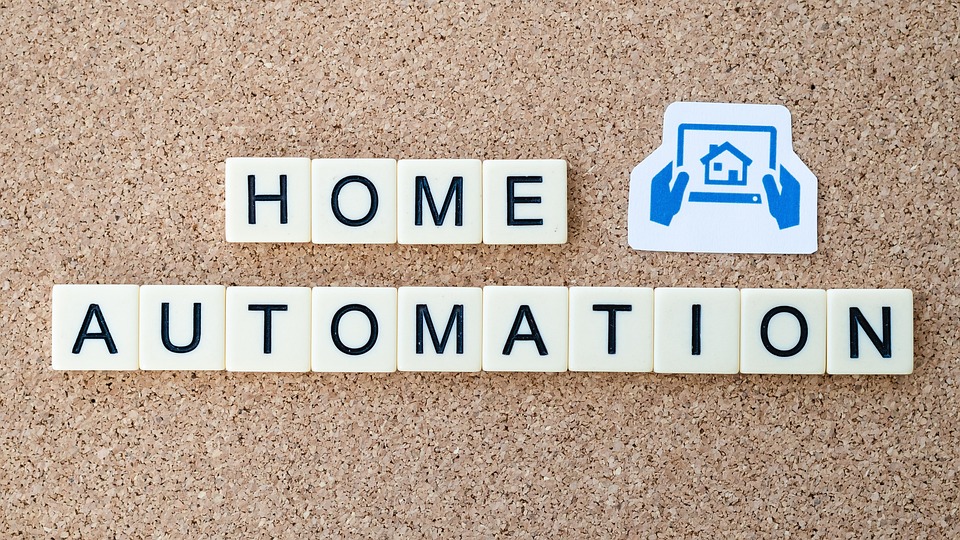In recent years, voice-activated technology has transcended what once seemed like science fiction, establishing itself as a cornerstone of modern living. From controlling lights and thermostats to managing daily schedules, smart assistants have not only changed how we interact with our homes but have also revolutionized the concept of home automation. As technology continues to evolve, the rise of voice-activated living is set to shape the future of our domestic environments.
The Evolution of Smart Assistants
The journey of voice-activated technology began with rudimentary models of speech recognition in the late 20th century. However, it wasn’t until the introduction of devices like Amazon’s Alexa in 2014, Google’s Assistant, and Apple’s Siri that smart assistants crossed into mainstream usage. These platforms learned from user interactions, evolving into sophisticated tools that can perform a plethora of tasks through simple voice commands.
Convenience and Accessibility
The primary appeal of smart assistants lies in their ability to streamline everyday tasks. For individuals with disabilities or mobility issues, voice-activated technology significantly enhances accessibility. With simple commands, users can control lights, adjust heating, or manage home security systems without having to physically interact with switches or controls.
Moreover, the convenience factor cannot be overstated. Imagine walking into a home, hands full of groceries, and simply saying, "Lights on" or "Set the thermostat to 70 degrees." This level of seamless interaction epitomizes the essence of voice-activated living, making day-to-day activities more manageable and efficient.
Integration with Home Automation
Voice-activated assistants serve as the central hub in a burgeoning ecosystem of connected devices, often referred to as the Internet of Things (IoT). Home automation integrates various devices — from smart bulbs and smart locks to appliances and security systems — allowing them to communicate and work together under one platform. The capability to command multiple devices through a single interface not only enhances user experience but also simplifies the complexities of managing numerous individual systems.
For instance, a user can create “scenes” or routines that execute a series of commands. A morning routine might include turning on the coffee maker, playing news briefings, and gradually brightening the lights—all initiated by a single voice command. Such integrations further propagate the appeal of voice-activated living.
Security and Privacy Concerns
Despite the many advantages, the rise of smart assistants also raises pertinent concerns about security and privacy. The idea of having a device always listening raises questions about data security. Consumers worry about potential unauthorized access to their personal information or about how much data companies are collecting through their interactions.
Smart device manufacturers are increasingly addressing these concerns by implementing robust security measures, including end-to-end encryption and user-controlled privacy settings. Nevertheless, consumers should remain vigilant and informed about the privacy policies governing their devices.
The Future of Voice-Activated Living
Looking ahead, the landscape of voice-activated living is ripe with possibilities. Emerging trends indicate a growing integration of artificial intelligence, enabling assistants to learn from user behavior and preferences, providing a more personalized experience over time. For instance, AI algorithms may predict when users typically engage with certain devices, automating commands before they are even spoken.
The rise of natural language processing (NLP) is also likely to enhance the interaction between users and their devices. Future smart assistants may interpret complex commands and engage in more nuanced conversations, making them even more intuitive and user-friendly.
Conclusion
As we stand on the brink of a new era of living, the rise of voice-activated technology heralds significant changes in how we interact with our homes. The convenience, efficiency, and enhanced accessibility it offers are transforming the domestic landscape, making smart living an integral part of our everyday experiences. While challenges regarding privacy and security persist, continuous advancements in technology are paving the way for a future where voice-activated living becomes not just a novelty but a standard practice. As we navigate this exciting frontier, one thing is certain: the voice-activated revolution is just beginning.



